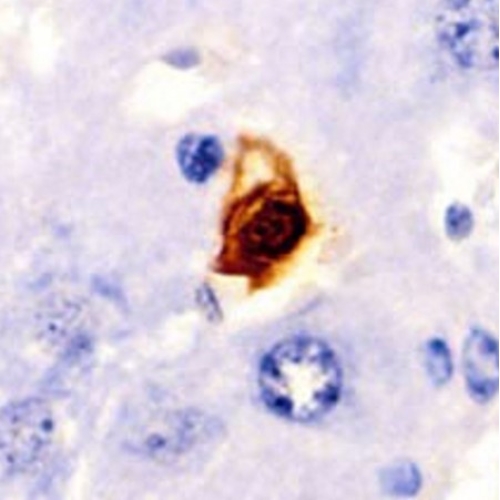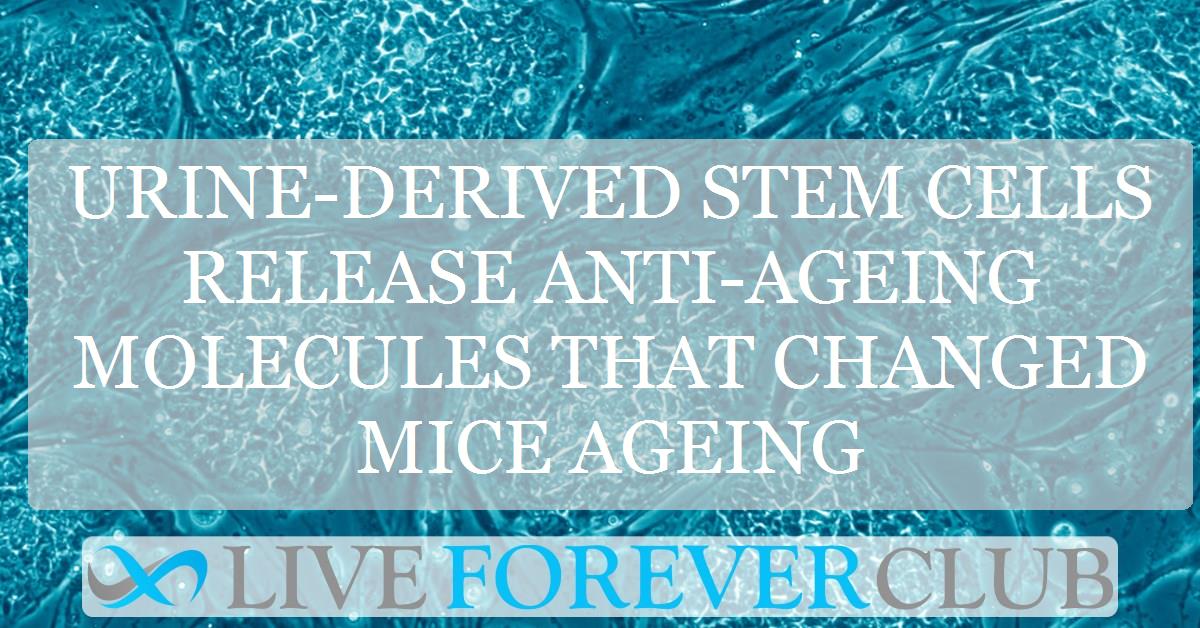In the quest for eternal youth, scientists have uncovered an extraordinary source—human urine. Yes, you read that correctly! Recent breakthroughs reveal that extracellular vesicles, tiny packets of information, derived from urine-based stem cells, can significantly delay the ageing process. This discovery opens a new chapter in anti-ageing research, promising to combat age-related diseases and improve the quality of life as we know it.
The science of ageing
Ageing isn't just about more candles on your birthday cake; it's about the changes and challenges our bodies face over time. From skin wrinkles to weakened muscles and bones, ageing contributes to a higher susceptibility to diseases, ultimately leading to mortality. Scientists have identified cellular senescence—a condition where cells stop dividing and release inflammatory substances—as a primary culprit behind these changes.
Enter the study conducted by a team of researchers who turned to an unlikely hero: urine-derived stem cells (USCs).
USCs
USCs are a type of stem cell found in human urine. Scientists can isolate these cells from the urine samples of individuals of varying ages, making the collection process non-invasive and ethically uncomplicated. This ease of collection presents a significant advantage over other stem cell sources, which may require more invasive procedures or entail ethical concerns.
Once isolated, USCs are cultured under specific conditions to encourage them to produce extracellular vesicles (EVs). These vesicles are small particles released by cells that contain a variety of molecules, including proteins, lipids, and nucleic acids. In the context of USCs, the vesicles they release (USC-EVs) are packed with beneficial proteins that play a crucial role in anti-ageing processes.
How urine works against ageing
When introduced into the body, these vesicles work their magic by inhibiting cellular senescence and apoptosis (cell death), two key players in the ageing narrative. In practical terms, this means improved cognitive functions, enhanced physical fitness, and stronger bones—hallmarks of youthfulness. Impressively, the anti-ageing effects of USC-EVs were evident in both accelerated-ageing mice models and naturally ageing mice, suggesting potential for widespread human applications.
The role of PLAU and TIMP1
The key to the anti-ageing effects of USC-EVs lies in their content of specific proteins, notably PLAU and TIMP1, which have been identified to significantly contribute to their therapeutic potential. When introduced into an organism:
Inhibiting cellular senescence and apoptosis
USC-EVs can inhibit cellular senescence, a state in which cells cease to divide and start releasing harmful substances that can lead to tissue deterioration. By preventing this process, USC-EVs help maintain the health and functionality of tissues. Additionally, they can prevent apoptosis, or programmed cell death, which is often increased in aged tissues, leading to degeneration and loss of function.
Enhancing tissue regeneration and repair
By reducing cellular senescence and apoptosis, USC-EVs contribute to an environment conducive to tissue repair and regeneration. Their cargo can stimulate the resident stem cells within tissues, enhancing their regenerative capacity and thereby contributing to tissue maintenance and repair.
Beyond the Lab
The discovery of using urine-derived stem cells (USCs) and their extracellular vesicles (USC-EVs) to combat ageing could redefine our approach to longevity and health. This research suggests that we're on the cusp of developing therapies capable of rejuvenating tissues and organs, thus countering the natural decline that comes with ageing.
By leveraging the regenerative properties found within USCs and USC-EVs, specifically those derived from human urine, scientists envision a future where the ageing process is not only slowed but, in some aspects, reversed.
The monumental implications of this discovery extend across the spectrum of health and wellness. Envision a healthcare paradigm where treatments derived from one's own biological waste materials can regenerate the body from the inside out, reducing the impact of age-related conditions such as cognitive decline, muscle weakness, and bone fragility.
This approach not only highlights a remarkable self-healing potential but also promises a significant reduction in the prevalence of chronic diseases associated with ageing, thereby enhancing the quality of life for the elderly population.
Moreover, the use of USCs and USC-EVs for anti-ageing treatments represents a shift towards more personalized and less invasive therapeutic options. Given the non-invasive nature of urine collection and the autologous (self-derived) potential of such treatments, we're looking at a future where anti-ageing therapies are both accessible and aligned with individual health needs, minimizing the risk of rejection and adverse reactions.
This isn't merely speculative science fiction. It's a tangible future that researchers are diligently working towards, with the promise of extending healthy lifespans and transforming our understanding and management of the ageing process.
The exploration of urine's potential in regenerative medicine could very well lead us into a new era where ageing is no longer an inevitable decline but a manageable aspect of human health.
Ethical and practical considerations
Before USC-EVs can become a staple in anti-ageing therapy, several hurdles must be overcome. Ethical considerations, production scalability, and ensuring treatment safety are paramount. However, the non-invasive nature of urine collection and the potential for autologous (self-derived) treatments provide a promising outlook.
As we stand on the brink of this scientific frontier, the potential benefits of USC-EVs in delaying ageing and enhancing life quality cannot be overstated. With further research and clinical trials, the dream of significantly extending our healthy years could become a reality.
The discovery of anti-ageing properties in extracellular vesicles from human urine-derived stem cells marks a significant milestone in the quest to conquer ageing. By harnessing the power of PLAU and TIMP1 proteins, scientists offer hope for a future where the decline associated with ageing can be halted or even reversed.
As we anticipate the next steps in this exciting journey, the promise of a healthier, more vibrant old age shines brightly on the horizon.
The study was carried out by Central South University and published in Acta Pharmaceutica Sinica B.





